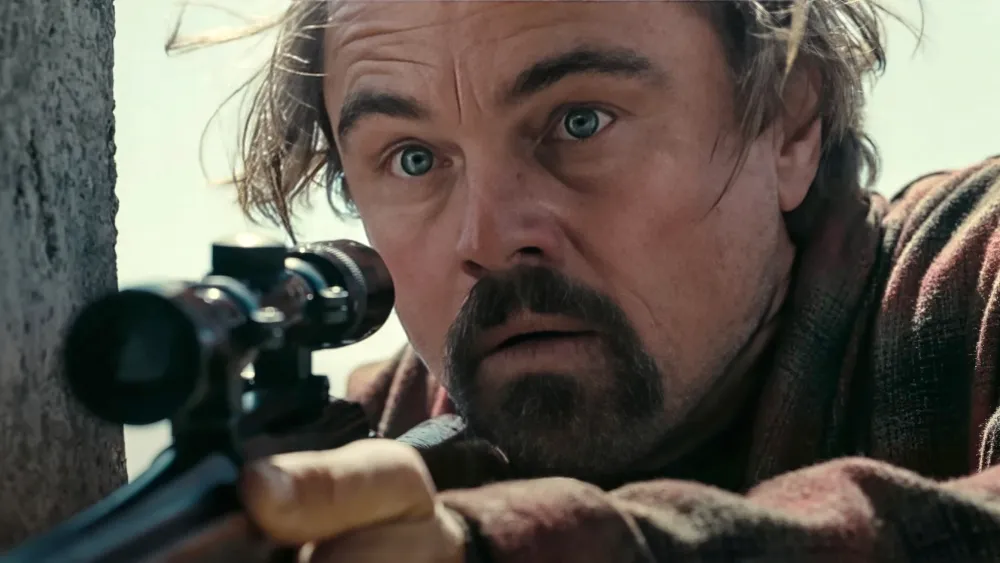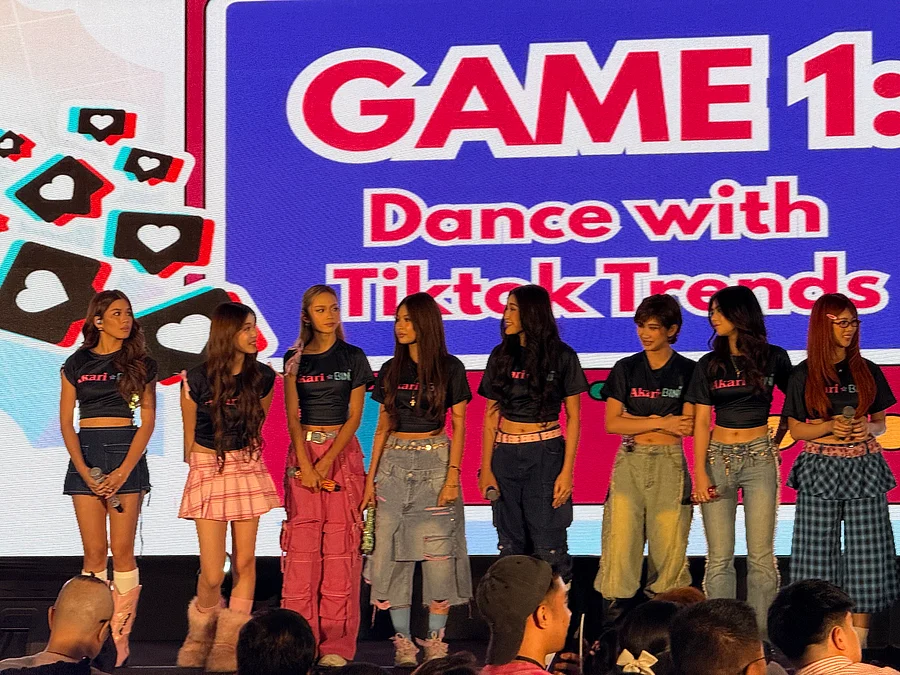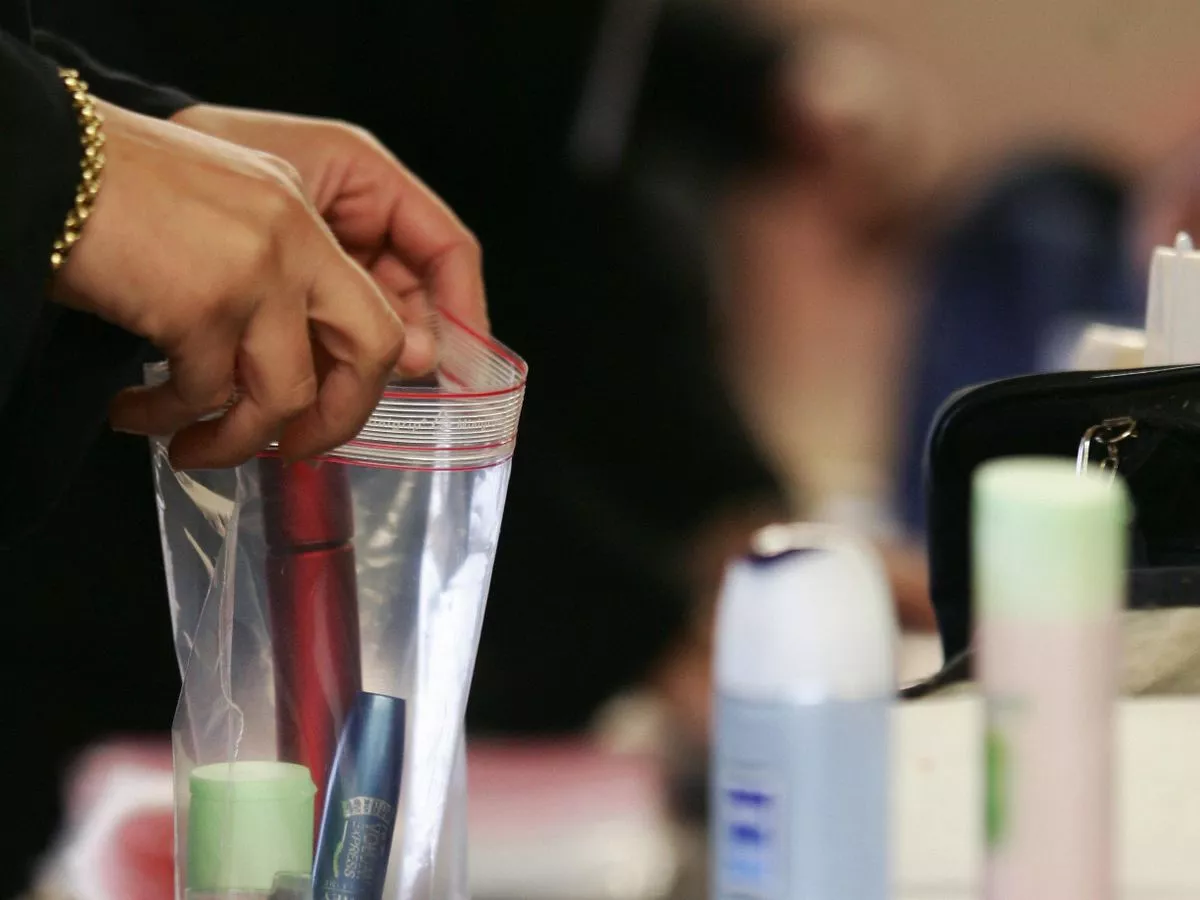
Why did Paul Thomas Anderson decide to shoot and release his new movie “One Battle After Another” in VistaVision, the 60-year-old widescreen format?
“VistaVision was a format that was invented to use more of a larger portion of the 35mm camera negative. So in other words, it is better,” Anderson explained in a video. The larger-sized film negative runs through the camera horizontally rather than vertically, resulting in a higher quality image.
Only four movie theaters in the world are able to project the film in VistaVision — the Vista Theater in Los Angeles, the Regal Union Square 17 in New York, the Coolidge Corner Theatre in Brookline, Mass., and the Odeon Luxe Leicester Square in London.
Just last year, Brady Corbet’s “The Brutalist” shot in VistaVision, but “One Battle After Another” will be the first film in 60 years to also be projected in the vintage celluloid format. Lol Crawley went on to win the Oscar for best cinematography for “The Brutalist.”
So what exactly is VistaVision?
VistaVision is a widescreen film process originally developed by Paramount Pictures in 1954 to help lure viewers away from their new living room TVs and into the theaters.
It was used for such films as John Ford’s “The Searchers,” Cecil B. DeMille’s “The Ten Commandments” and Alfred Hitchcock’s “Vertigo.” VistaVision was designed as a competitor to 20th Century Fox’s CinemaScope, which employed an anamorphic lens to compress a widescreen image onto standard 35mm film stock.
“It gives you a very deep, rich, beautiful image,” Anderson says. With settings ranging from desert chases to border camps and secluded towns in the redwoods, “One Battle” was shot using a combination of VistaVision and Super 35. VistaVision and Super 35 use 8-perf and 4-perf, respectively. Perf means the perforations running along the film strip as it is pulled through the projector, and generally the higher the amount of perforations, the higher-quality the image.
“It just always nagged at me as a really good possibility to try and make a film with it, you’re gonna wonder, why does it look like that? And the answer is, because of this beautiful, beautiful format,” Anderson adds in the video.
“One Battle,” which opens Friday, is loosely inspired by Thomas Pynchon’s 1990 novel “Vineland,” and stars Leonardo DiCaprio as Bob Ferguson, a former revolutionary who’s trying to save his daughter.
The film is Anderson’s first feature shot in Imax. It features Imax’s exclusive Expanded Aspect Ratio throughout, and according to the company, it is “the first Hollywood studio film to be exhibited entirely in 1.43 at select Imax locations.”
VistaVision screenings quickly sold out for opening week in several cities, but audiences can still experience the film in several other premium and conventional formats. Some theaters are offering a check-off card to filmgoers who can note each format as they see the film.
Here’s a guide to the other formats aside from VistaVision and what that means for the viewing experience.
Imax 70mm
There are only ten theaters in the world presenting “One Battle” in Imax 70mm, which according to filmgoers is either the best way to see the film or the second-best after VistaVision.
Like VistaVision, Imax film prints run through the camera horizontally to achieve a larger frame image. The 1.43:1 aspect ratio closely matches the 1.50:1 aspect ratio of VistaVision, with very slight side crops.
This format is even clearer because it is four times the size of VistaVision film, meaning each frame is twice as tall and wide, and retains its clarity when projected onto a massive screen.
According to the BFI Imax social media, the Imax print is 10 miles long and weighs 683 lbs.
Traditional Imax
Not all Imax theaters are equipped for 70mm, but there’s still “traditional Imax” using a dual laser projector. While projected digitally, it still retains the 1.43:1 aspect ratio. In other Imax theaters, the film will be presented in the 1.90:1 aspect ratio.
Dolby Vision
Dolby Cinema is a digital format “specially designed to elevate every type of movie,” according to Dolby. The Dolby Vision experience, according to Dolby’s website, adds “greater depth, incredible contrast, and more colors. It unlocks the full potential of HDR technology by dynamically optimizing the image quality.”
In other words, audiences will experience the film with high quality visuals and Dolby Atmos sound.
70mm
These film prints are optically blown up from the VistaVision negatives and cropped to a 1.85 aspect ratio.
4DX
4DX and MX4D are immersive experiences for moviegoers using digital projection. Seats move with the action on screen – so for the film’s climactic car chase, expect to feel as if you’re in the car with DiCaprio or caught up in a shootout. This 4DX experience won’t include rain scenes or gusts of wind, but it will be interesting to see if the format can replicate the roller coaster effect of the chase scenes.



